Planning a wedding on a budget? This posts shows how we did it! We’re a couple many years into our FIRE journey and are now married. We aim to provide a blueprint for other couples on the path to financial independence who are considering a wedding.
Our goals are to:
- Share how we balanced our wedding desires with long-term financial goals and personal values
- Analyze typical wedding elements and highlight what we cut based on our priorities
- Break down the fiscal costs of the wedding and related events
To avoid overwhelming our monthly post with wedding expenses, we’ve dedicated this post to our wedding finances and reasoning behind our choices for various wedding elements.
Remember, our choices may differ from yours. Use our outline as an educational starting point for your research. And maybe a little financial voyeurism entertainment if you’re so inclined!
Wedding Priorities
Aside from the engagement, our first step was figuring out what we wanted our wedding to encompass. We asked ourselves:
- Who do we want as guests?
- How can we balance our desires with our guests’ interests?
- What type of venue suits our guest list?
- If outdoors, what weather is ideal?
- What activities and traditions do we want?
- Should we set a budget, and who will contribute?
There’s a ton to think about when planning a wedding. And that’s aside from the all important part—focusing on your future spouse!
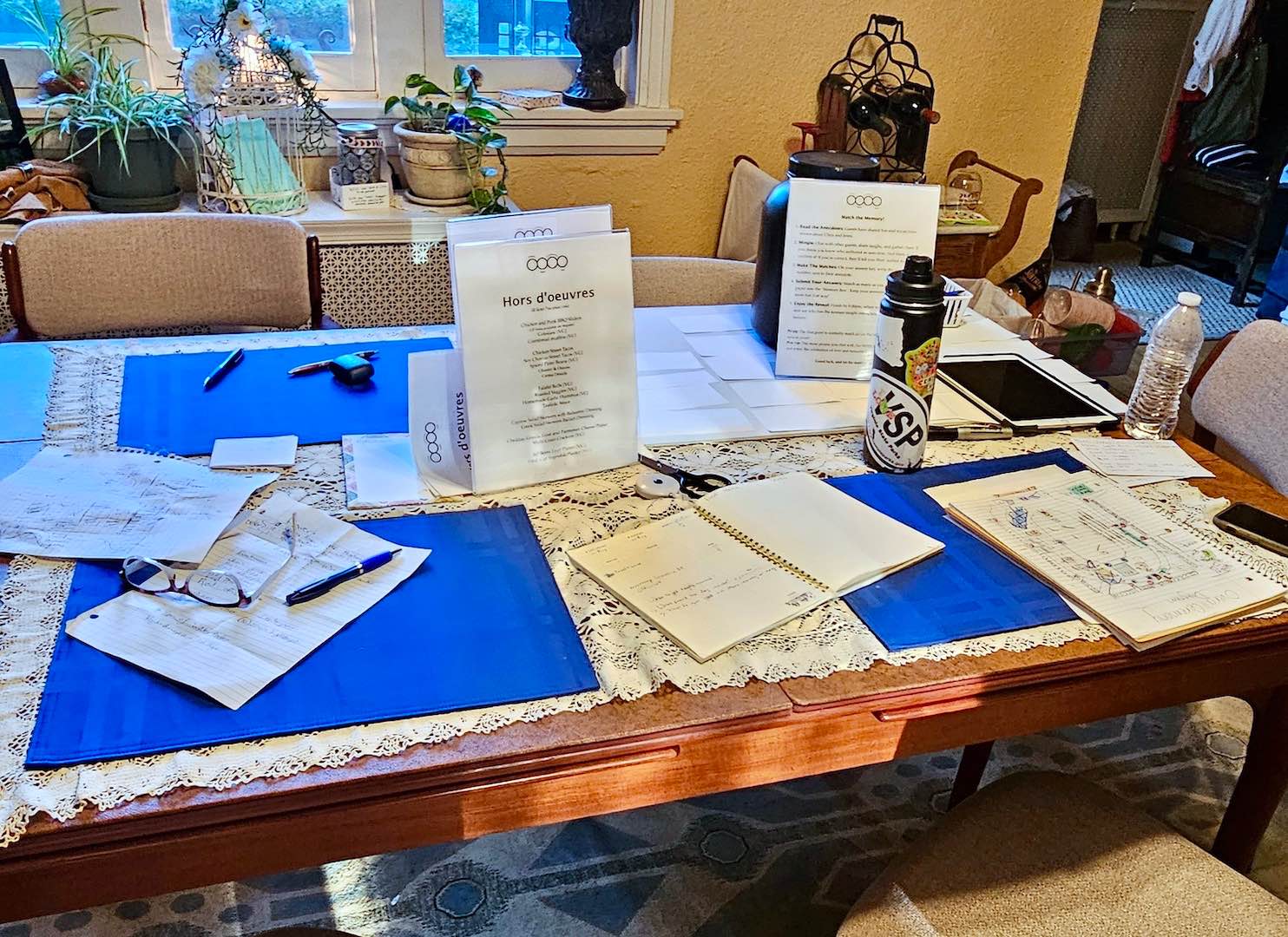
1. Guests
Our first discussion post-engagement was about our wedding guests. We knew that deciding who could attend and who we wanted to attend would shape the rest of our wedding plans.
I initially envisioned an intimate, adventurous ceremony with just us, our parents, and a few close friends. After saying “I do,” we’d leap off a tropical cliffside into our marriage. However, I realized this idea was impractical and perhaps a bit selfish.
Jenni, on the other hand, was more practical. She envisioned a guest list that included close friends, immediate family, and a few special others like grandparents, an aunt and uncle, and local friends.
🥅 Goal
Months in advance of our wedding date, we guessed that might come to 30-40 people.
⏰ Reality
In the end, we had a total of 70 attendees. That included 17 neighbors which were vital to our venue choice. That was very close to our total invites sent out.
📝 Lesson
What we each initially thought about who we wanted to attend was both dissimilar and apart from the actual outcome. Like much of wedding planning, there’s a negotiation.
Had we weighed the venue as more vital, and chose a destination wedding for example, it’s fair to assume we would have had significantly fewer attendees. Parents and our closest friends.
Ultimately, we decided that what was most important for our union was bringing together our friends, family, and community in a way to celebrate. This ended up dictating much of the rest of our wedding—whether the venue, activities, or even the calendar date.
2. What We Want
We found that when we announced our engagement, our friends and family were very supportive of our plans for a different kind of wedding. Then we started detailing the abnormal elements we envisioned. The tone of the responses changed a bit:
“Are you sure you don’t want a wedding party?”
“Without a DJ, how will people dance? …Wait, there is going to be dancing, right?”
And so on.
Once these little nudges add up from dozens of conversations, suddenly “our wedding” was becoming “everyone’s wedding”.
That’s to be expected, but there’s some things we pushed back on.
🥅 Goal
We wanted to:
- Limit waste—no throwaway decorations, minimize food-related one time use products
- Focus on purpose—the point is the ceremony, not a party; our attention was #1 on our personalized vows and union
- Not be a burden—in considering the venue/location and attendees, ensure that cost to attend would not be a hindrance for our guests
⏰ Reality
For the most part, we stuck to our guns. We used rental dishes, metal flatware. For drinks, each person was offered a stemless wine glass to reuse and keep. Plastic serving ware was nowhere to be found.
Our energy went into very personalized vows to one another that lasted a handful of minutes for each of us. We exchanged rings and had a family friend preside over the ceremony after earning celebrant status in Virginia.
We chose to have our wedding in Virginia, close to an international airport. Most of our guests could take a short drive to attend. A few near-and-dear folks needed to fly—my parents, for example. But for the most part, we limited our guest list to close locals and direct family to try to limit the burden we’d put on more distant family and friends.
📝 Lesson
We had to bend on several small things—they seemed to just be too important to certain attendees that it wasn’t worth the pushback.
- We had a cake cutting—though neither of us had any cake on our faces at the end of it.
- A neighbor gifted us with a live musical performance—which was wonderful—but we also had a playlist for dancing.
- Our guest tables were graced with centerpieces and table clothes—though they were reused from another recent family celebration and have already found a new home.
- We hired multiple people (photographer, bartender, waitstaff), but stuck to friends where we could or locals.
But on the big things, we hit our goals.
3. Venue
The venue and its location were something we went back and forth on for months. As we enjoy the outdoors, we looked at several local locations that would let us bring the outside into our ceremony. Parks, historical locations, estates, and more. Of course, we also had a look at more typical indoor locations: community centers, hotels, and so on.
🥅 Goal
We were shooting for a few different priorities with our venue location:
- Accessible—our guests include elderly and some less physically active
- Local—ideally, we’d be able to venture out and be reminded of our wedding day when happening across the venue
- Limited Rules—many venues limit catering, drinks, music, and other services to only their approved list
⏰ Reality
Jenni shopped through several venues, including:
- Maymont—a massive historical estate and city park.
- The Virginia Museum of Fine Arts—a beautiful art museum surrounded by manicured gardens.
- Wilton House—a smaller historical estate situated on a river with terraced gardens.
- Lewis Ginter Botanical Gardens—sprawling botanical gardens with a lovely greenhouse.
- Science Museum of Virginia—situated in an old railway station, this huge complex is not only beautiful but educational.
- And a dozen more…
The biggest sticking point we had was actually our last goal—limited rules. We ran into a lot of venues that might let us use our own hired music crew, for example, but not our own catering. Or, perhaps we could bring musicians in but we had to use their bartenders and alcohol supply.
After much back-and-forth, we wound up with the idea of using our neighborhood courtyard as the wedding venue. This would meet all three of our primary goals, and offer some other benefits:
- We could get ready in the serenity of our own home (and escape to it!)
- It removed concerns about transportation and possible hiccups
- Our timeline was more flexible since we didn’t have a hard stop
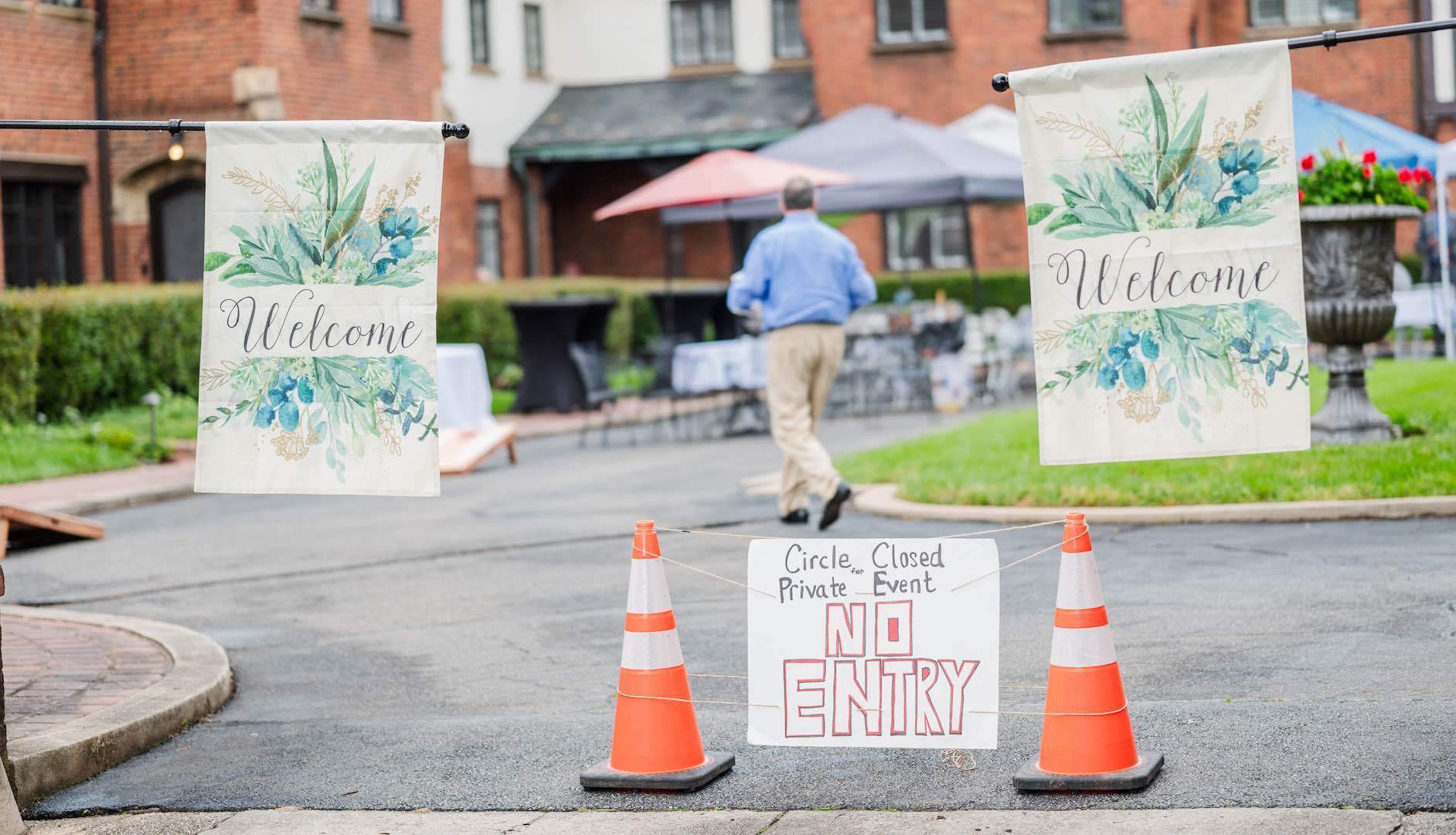
Plus, we’d be able to see a reminder of our ceremony together virtually daily as we stroll through the courtyard.
So, we just had to get our neighbors to buy-in to the idea. Fortunately, multiple had suggested it as a venue over the years so this wasn’t a total surprise.
📝 Lesson
Flexibility is the key! Had we been dead-set on a specific venue, we might have made a lot of compromises in other areas to make it work.
4. Date and Weather
Not too hot, not too cold. Maybe a bit of sun. Ideal weather, right? What else would we want? Heh. So, in Virginia that means late spring or early fall. Summer is far too hot and muggy, winter is still bitter cold.
🥅 Goal
Combining dates and weather, we zeroed in on:
- Late April to early June—a bit wet, but everything is in bloom. April is usually chill but warm enough (60f or so). June starts getting quite warm (occasionally 90f).
- September to October—the autumn is very pleasant with the biggest issue being rain, storms, and dark skies as winter nears. It’s usually a little less humid and cooler in September. Plus, you get those fall colors.
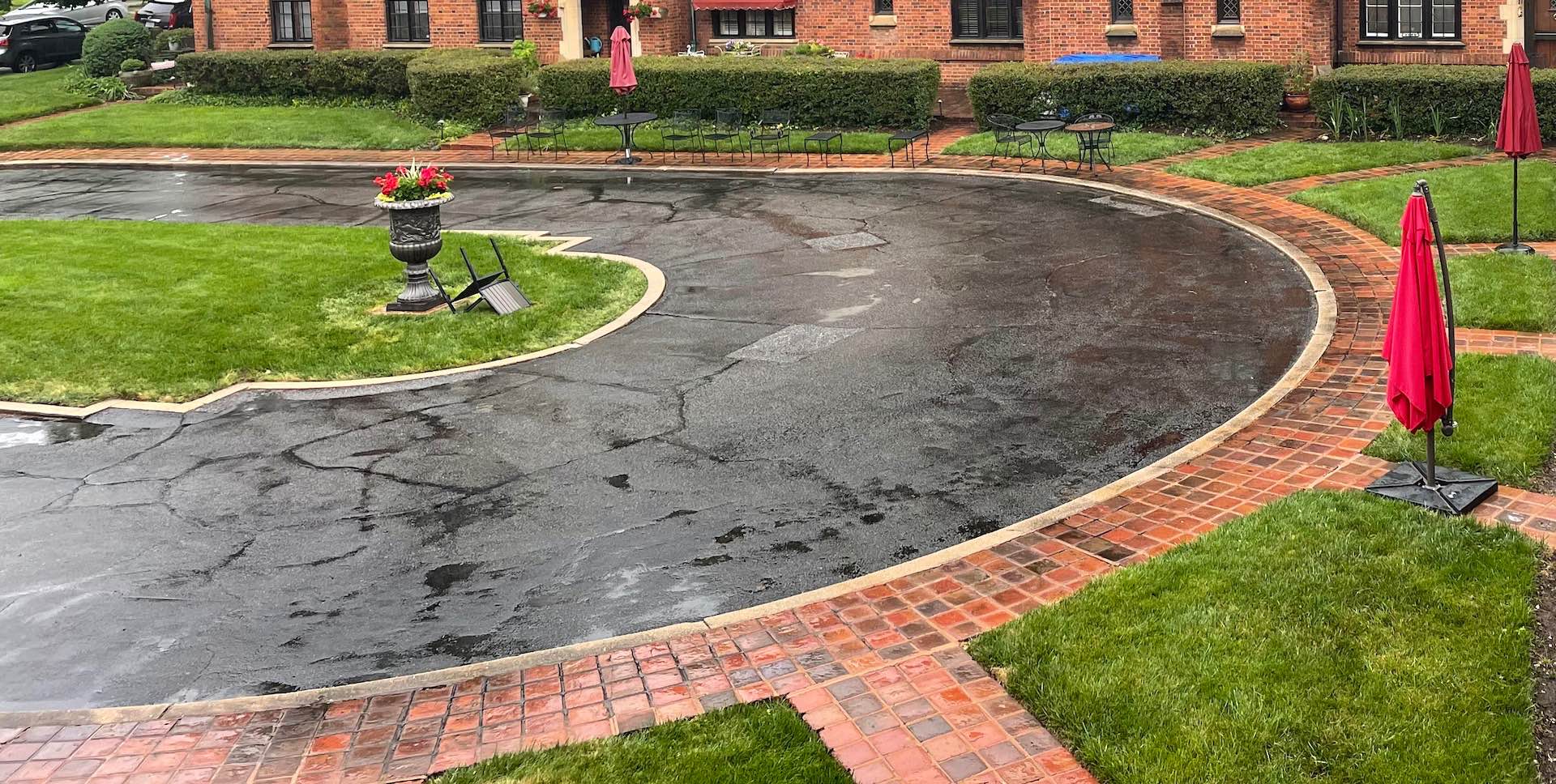
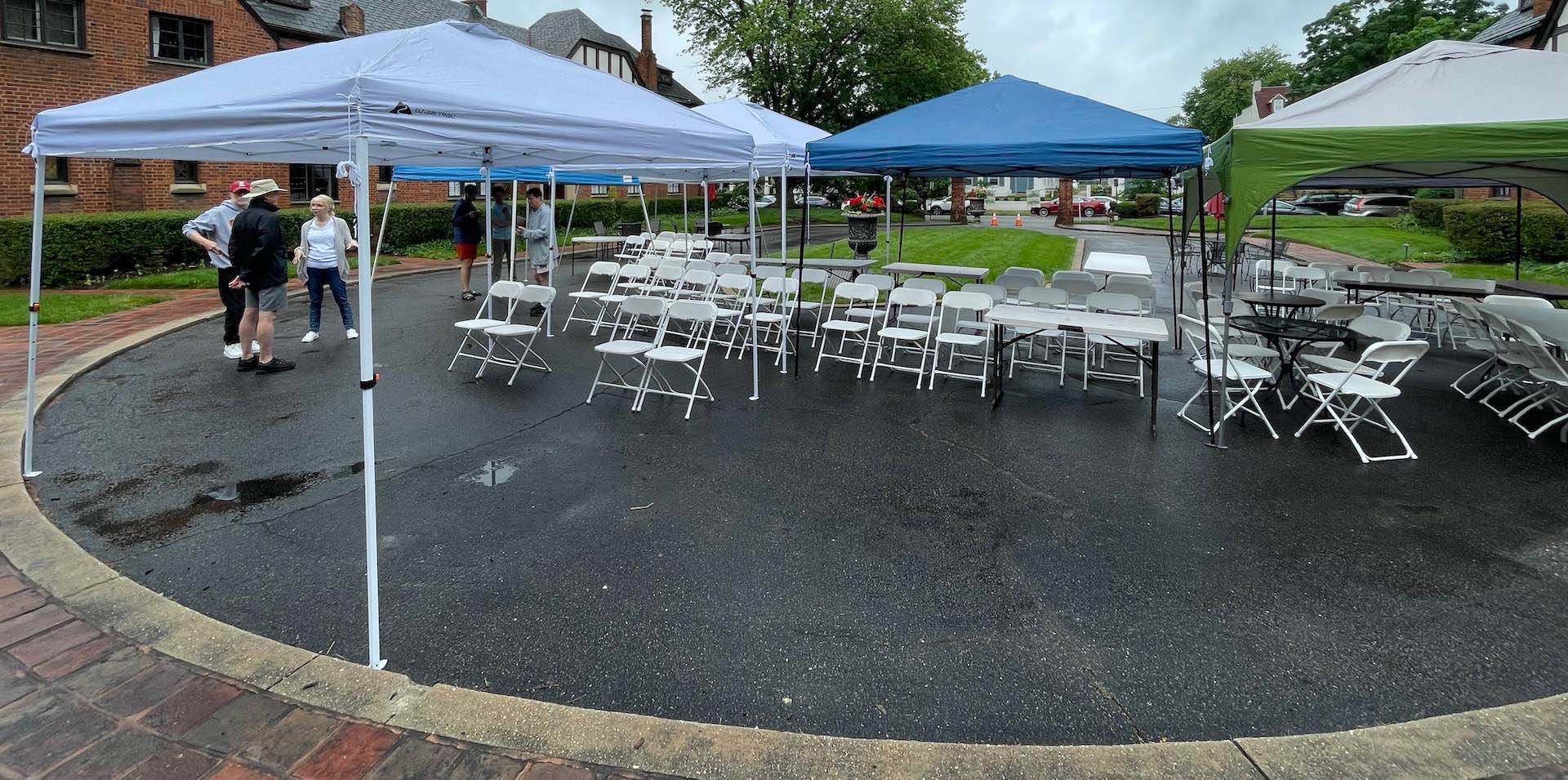
⏰ Reality
With our engagement in August, we decided on a late spring wedding instead of the fall. While we had some specific target dates, what really dictated our calendar date was other folks’ schedules. We had a short list of “must have” guests (parents, closest friends).
After reviewing several potential dates, we sent them out to our short list to see who might have conflicts. We ended up on May 18—the date that worked best for the largest combination of our guests.
📝 Lesson
While our schedules are pretty flexible—FIRE tends to do that—that doesn’t mean our guests’ calendars were equally open. We went back and forth on dates a number of times before finally finding something that could work. That meant some folks had to make some changes in order to ensure other guests could make it at all. A heavy lift for some.
The first thing we should have looked at was our short lists’ dates. That might have helped us reserve a window on their schedules earlier on. Nonetheless, it’s hard to do that while balancing the other needs (venue dates, service availability, our own desires, and so on).
5. Activities and Traditions
We wanted to keep a smattering of typical wedding traditions or activities within our own wedding.
🥅 Goal
Our most important one was the ceremony. We still wanted a fairly normal process of having an authority figure preside over our union with a pretty typical back-and-forth of vows and rings.
But, beyond the ceremony, neither of us were much into typical wedding activities. Not that we were really against it, but we didn’t have much interest either.
⏰ Reality
We had our ceremony, and our vows. A close family friend went through the process of becoming a celebrant in order to be able to legally marry us in Virginia. We exchanged rings.
But, we also:
- Declared our vows in front of an audience of friends and family
- Took a neighbor up on their offer to play live music
- Recruited a friend to develop a playlist and DJ
- Created a “Match the Memory” game for our guests to play—complete with a large prize
- Rolled out carpet for dancing
- Had a bartender and a variety of drinks
- Hired a good friend’s sister (a professional photographer)
- Catered a large variety of heavy hors d’oeuvre
- Cut a cake—without a mess
- Competed in lawn games
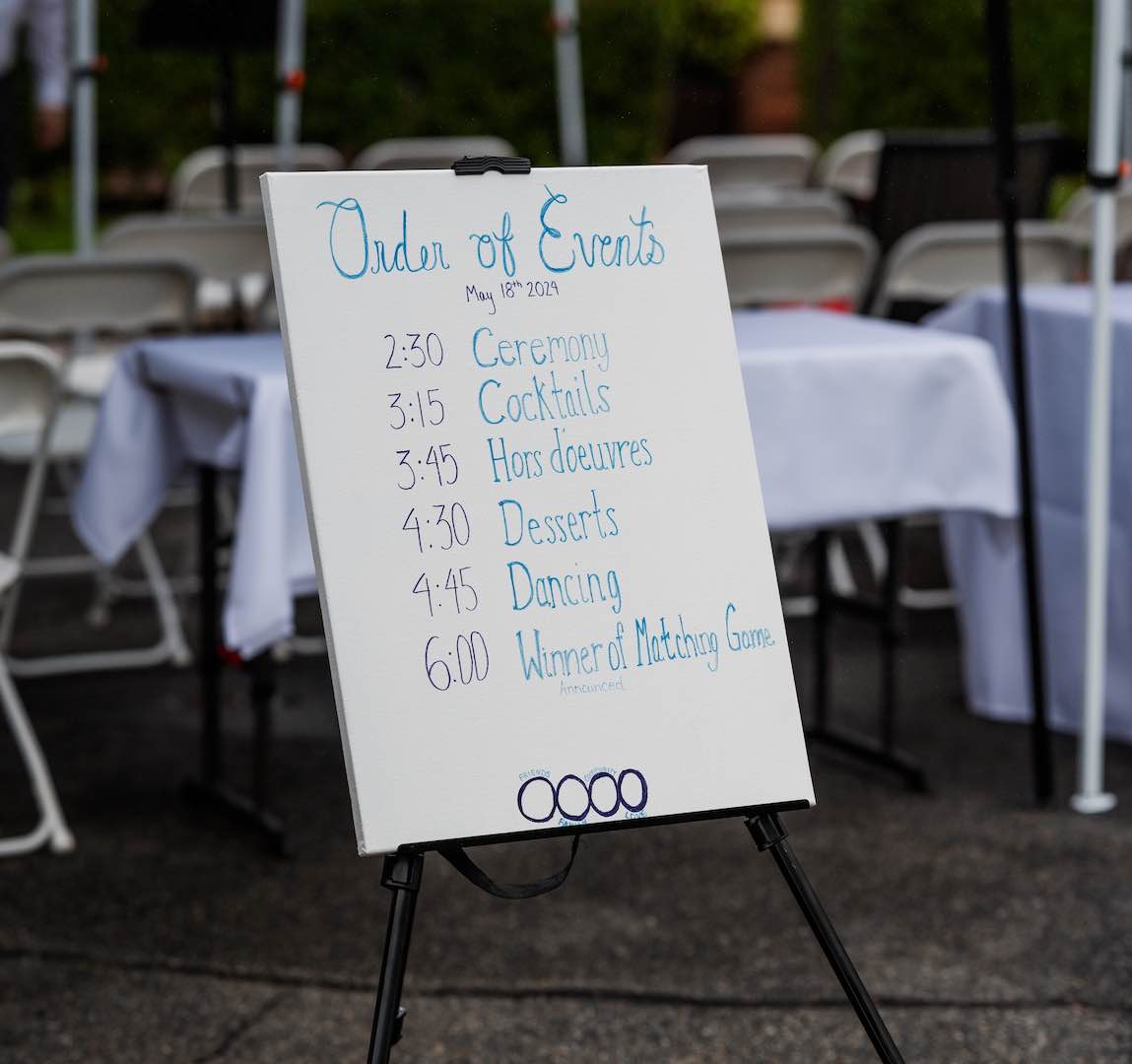
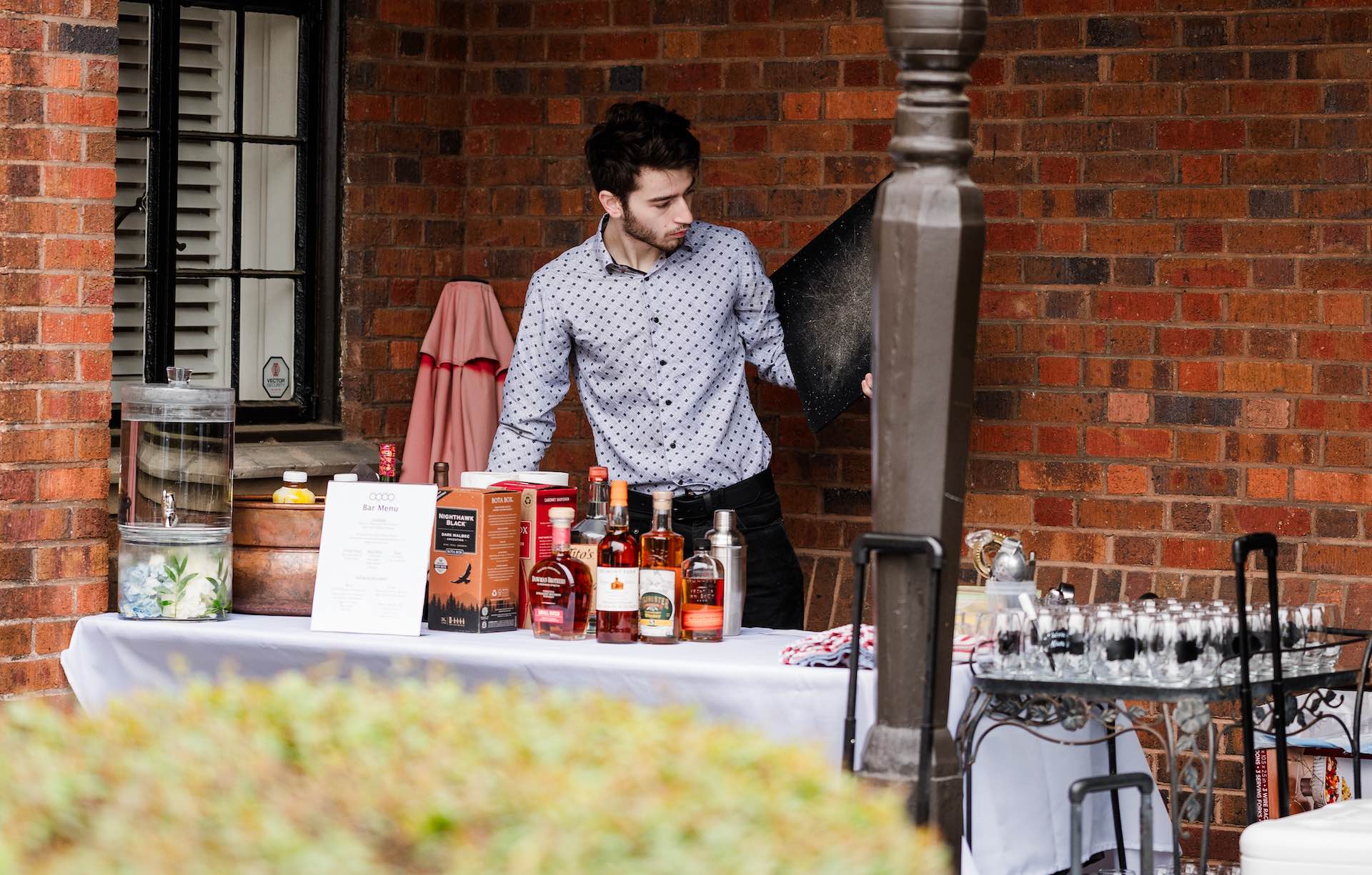
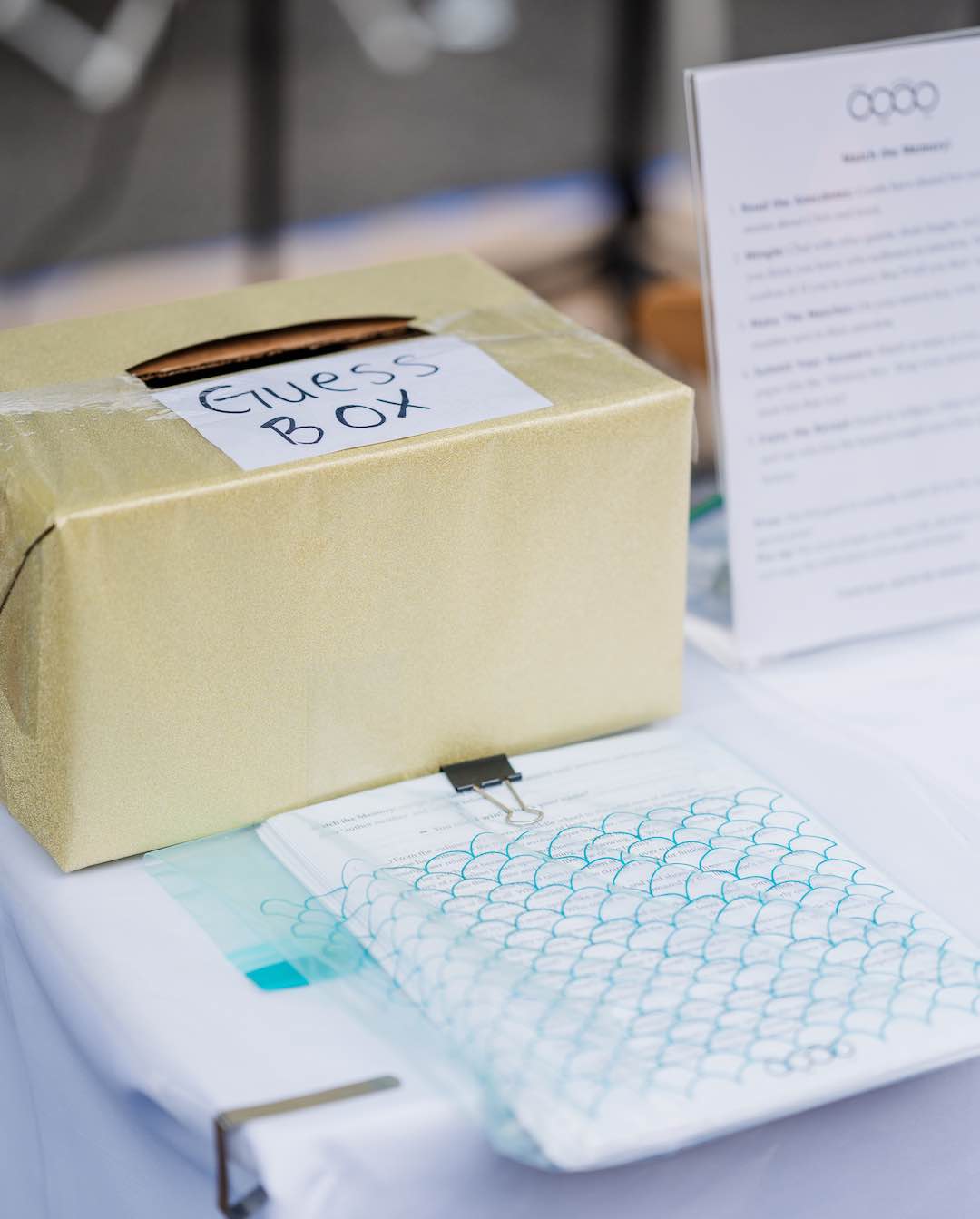
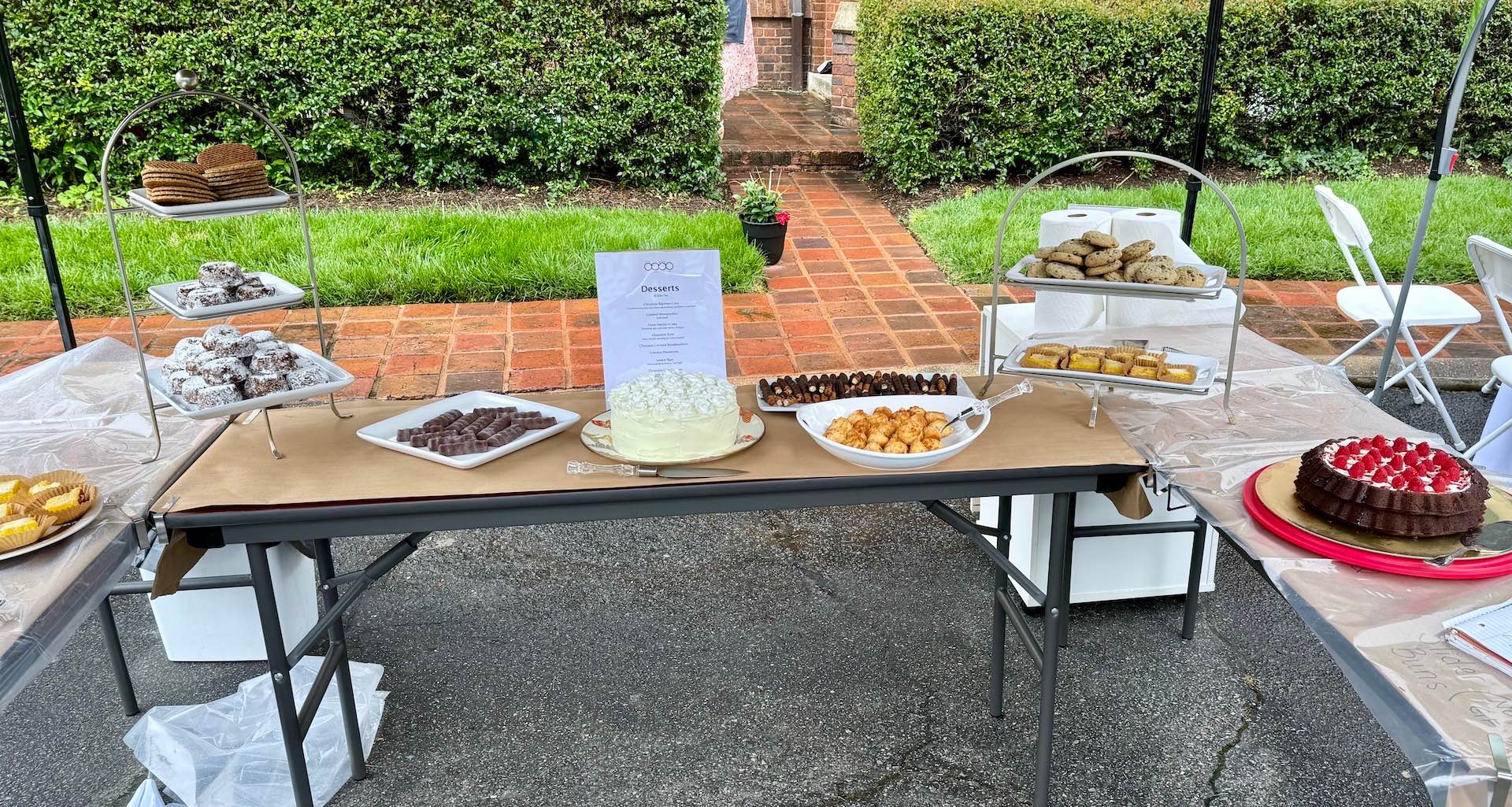
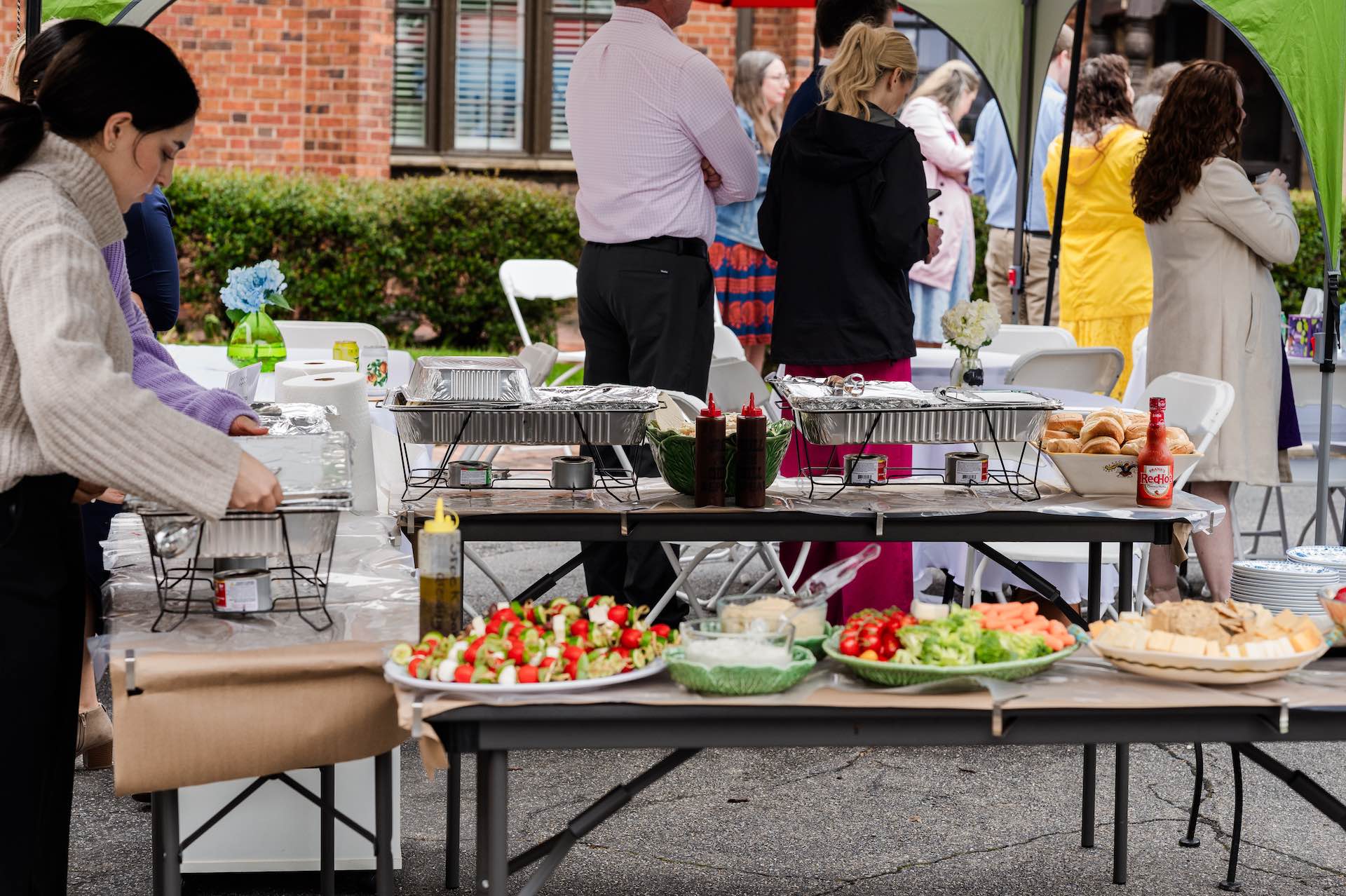
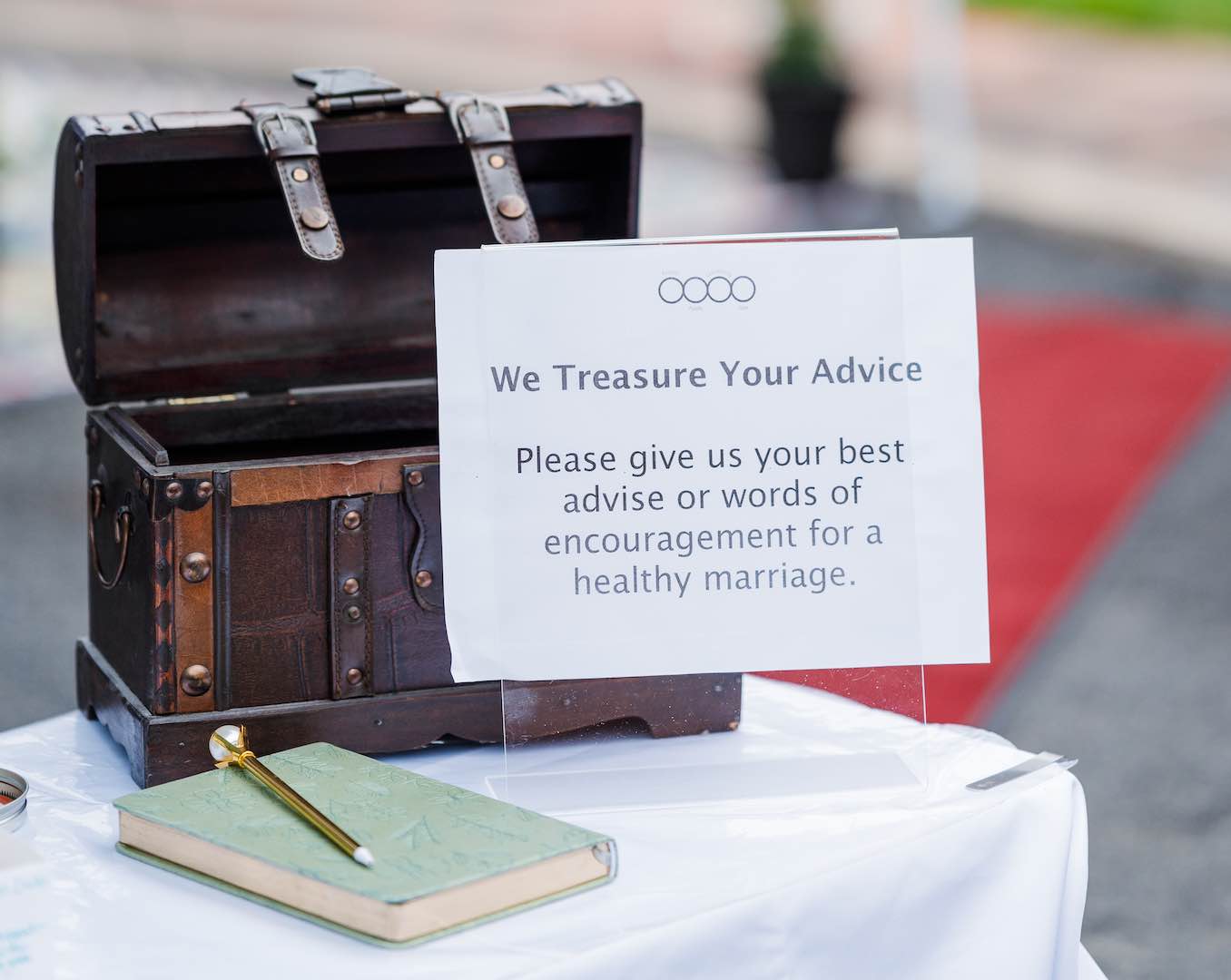
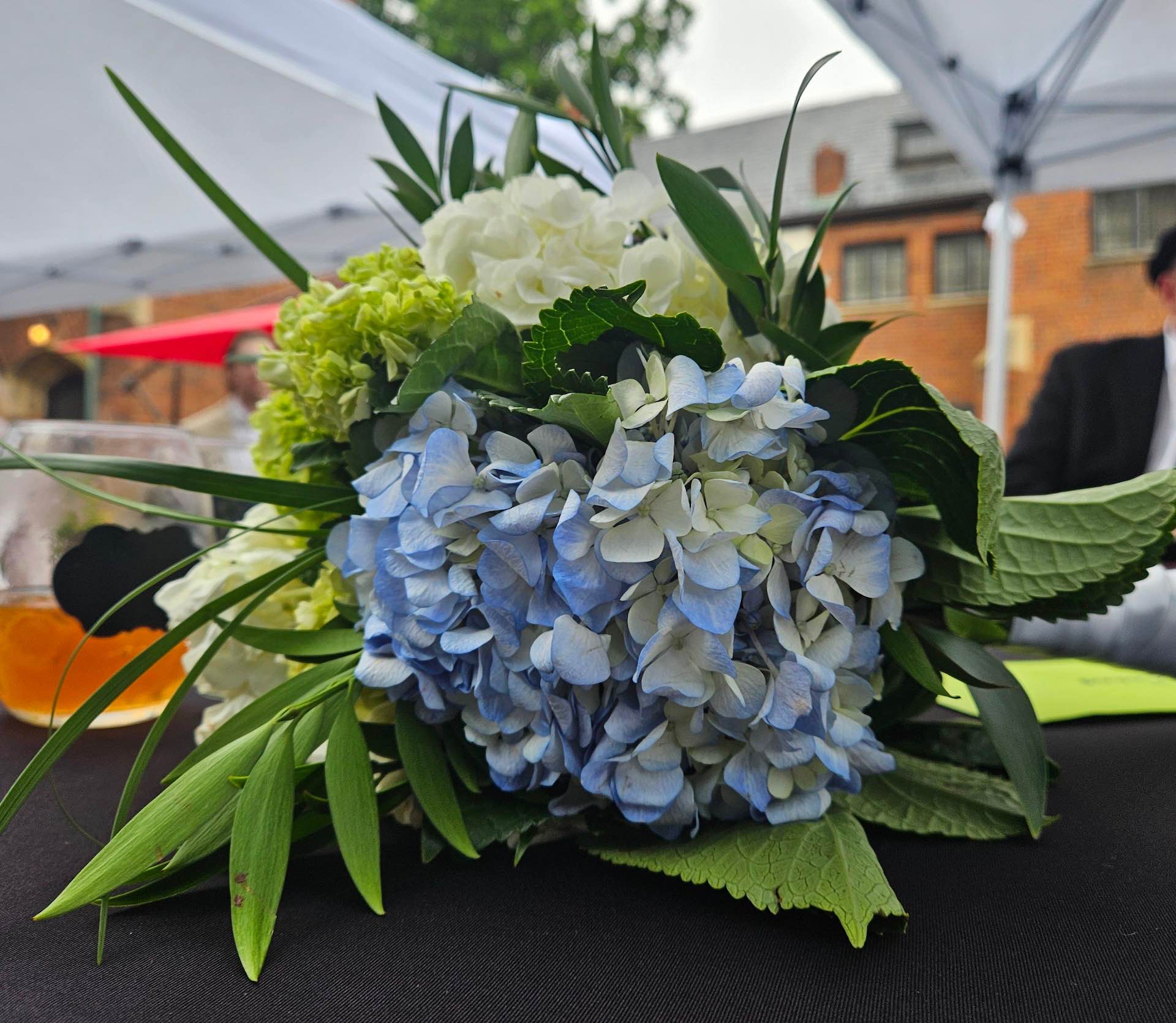
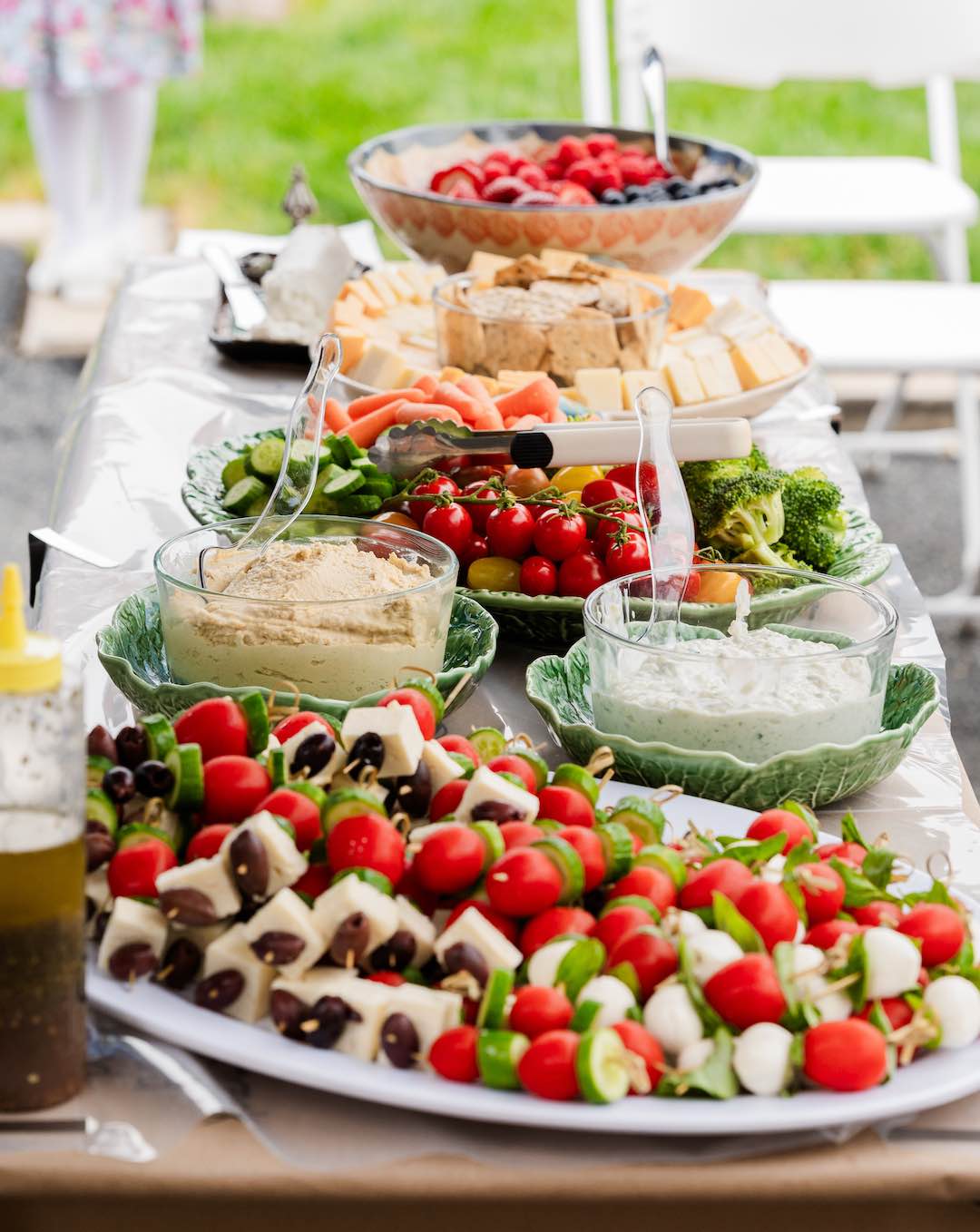
So, there was a lot. Much more than just a ceremony, in fact! But, a lot of this came from trying to match the interests and desires of our guests. To keep them entertained and interested. After all, they were doing a lot to come and witness our union.
📝 Lesson
My first thoughts regarding our wedding were along the lines of…can’t we just say some vows and jump off a tropical cliff—right into our married life?
Reality didn’t quite come out together that way. And while I may have loved, and even Jenni could have enjoyed that leap—what about everyone else? Is it fair to haul your aging parents, and very aged grandparents, across an ocean for a simple ceremony and a jump?
It’s your wedding—so why not, right?
Reality just doesn’t hit that way, though. And once we really sat down and planned, we realized how much we wanted to reflect to our guests that we cared about them and their role in our lives together.
6. Budget
Budgeting is often a contentious issue for many planning a wedding. And hey! This is a personal finance blog after all.
However, for us, it wasn’t a point of contention. We didn’t set a specific number to work against and knew we wanted to pay for the event ourselves. We trusted each other’s financial priorities and only intend to get married once. So, if one of us decided to splurge on something—like a fancy dress or a top-tier DJ—it was because it genuinely mattered to us.
This level of trust and understanding in a relationship, especially in marriage, is something we feel fortunate to have. It’s uncommon for most couples to have this financial understanding with each other.
The Breakdown
Even if we had spent the average US wedding cost—$35,000 as of 2024—it wouldn’t have significantly impacted our financial situation. Instead, we checked in with each other as we got price quotes and ticked through our checklist. This helped set expectations and kept us on track. Often, it encouraged us to spend where it mattered most.
In the end, our wedding for about 70 people cost $6,836.80, as per our most recent monthly update. That’s just about $98/person.
And we’d happily do it again.
💰 Wedding Expense Table
Let’s have a look at that deep breakdown of our wedding costs:
| Category | Description | Cost (USD, $) |
|---|---|---|
| Clothing | Suit | 306.25 |
| Suit tailoring | 60.00 | |
| Shoe repair (Chris) | 65.00 | |
| Dress (and samples), shoes | 426.79 | |
| Personal Care | Salon | 92.00 |
| Stationary & Mailing | Custom invitations | 76.44 |
| Thank you cards | 16.68 | |
| Service Providers | Musician (tip) | 150.00 |
| Photographer | 515.00 | |
| Chair rental | 156.45 | |
| Plate rental | 173.25 | |
| 2x Waitstaff w/tip | 280.00 | |
| Bartender w/tip | 150.00 | |
| Electronics & Software | Website, Apple Music, audio cable for DJ | 30.48 |
| Entertainment | Game prize | 142.36 |
| Food & Dining | Pizza (Rehearsal) | 100.66 |
| Liquor | 284.74 | |
| Groceries, beer, wine, cider | 951.33 | |
| Chaffing dishes, fuel | 42.83 | |
| Wine & drink glasses | 113.30 | |
| Metal dinner forks | 40.07 | |
| Catered Greek | 491.31 | |
| Jefferson Hotel brunch (after wedding, family) | 1,501.88 | |
| Local beer sampling (research) | 50.40 | |
| Furnishings | Tents (rain plan) | 167.48 |
| Decor | Flowers in courtyard/venue (gift to neighbors) | 192.15 |
| Guest book, game board, venue flags, table clips & labels, skewers, food tents | 83.35 | |
| Bouquet and boutonnieres | 100.60 | |
| Wedding wreath | 76.00 | |
| Total | — | 6,836.80 |
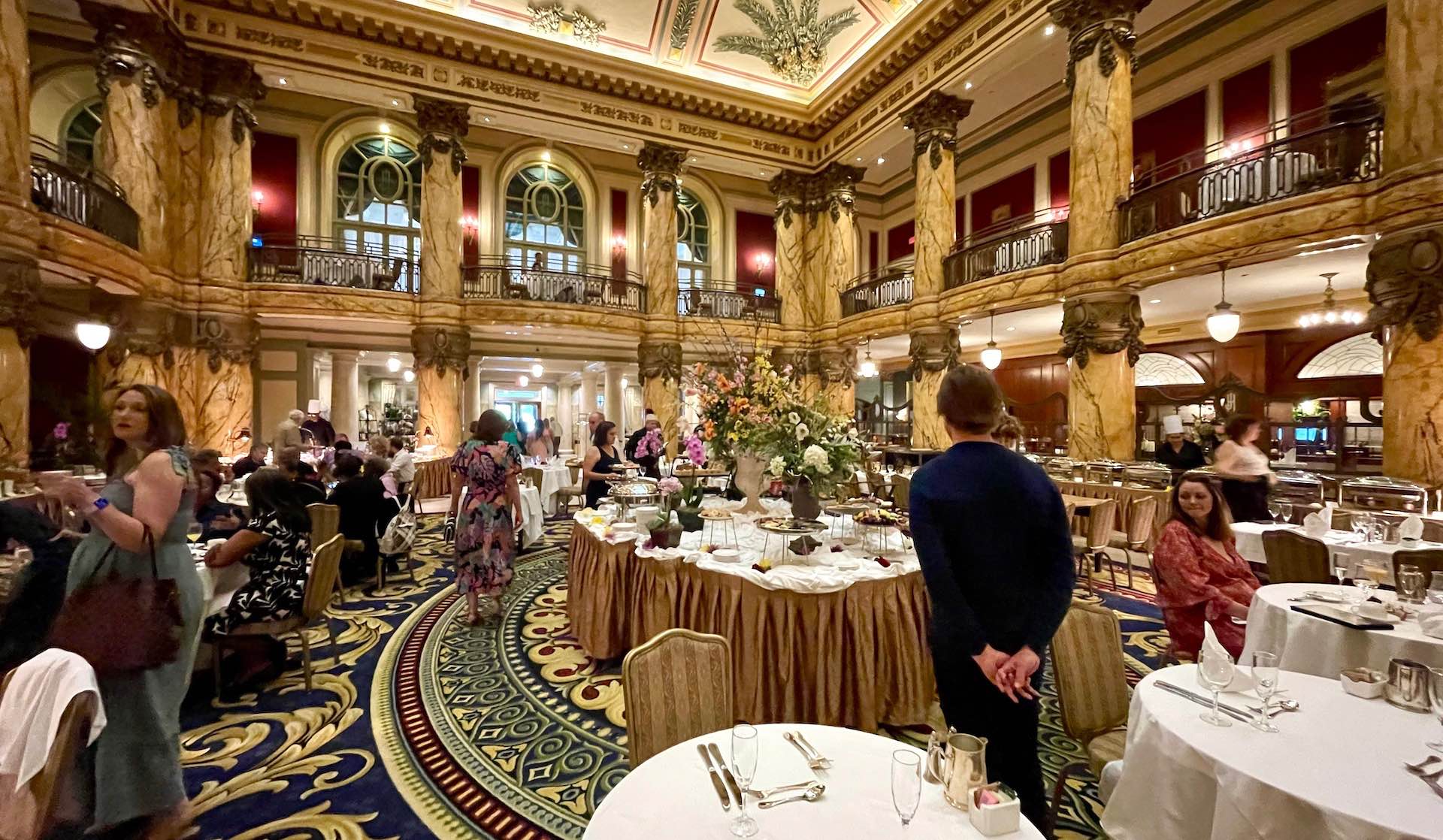
Just under $7k is pretty low for a wedding in terms of US averages. But, the reality is that it’s a lot of money for a big party that’s only a handful of hours long. Not to mention, it’s a generally ostentatious way to publicly throw an event celebrating a wedding.
$7k might be low for us—pretty well-off folks—but it’s a lot of money for many others in the US. And it’s a ton for other parts of the world.
Getting the Most for Our Dollars
At the end of the day, here are our novel strategies and top tips for getting the best bang for your wedding dollars:
- Rent, don’t buy. We wanted quality, non-plastic plates for our guests. We found a party rental place that offered those up to rent for roughly the price of higher end plastic throwaway plates. We rented foldable white plastic chairs from the same place. The catch? We had to pick them up, rinse them after use, and return them. Well worth it!
- Buy, don’t rent. Like with the rented plates, we wanted quality flatware (just forks in our case). It was actually less expensive to buy basic metal forks in bulk from Walmart than to rent them. It was a similar price to higher-end metal-looking plastic flatware. We found a similar case with stemless wine glasses—we added a little design to each—which we offered as souvenirs for guests, too.
- Borrow. While we rented chairs, we found that we didn’t need that many tables. Several friends had long, plastic, foldable rectangle tables or round tables they offered up for us to borrow. With a table covering on each, they all looked like they went together and had zero cost.
- Accept the gift of help. Even when you ask for no gifts, people want to give you the gift of their help. We had a neighbor offer to learn our playlist and perform live for our ceremony. Jenni’s mother made the bouquet and the flower decorations for the cake. Jenni’s sister not only developed the recipe and made the custom espresso double dark chocolate gluten free cake, she acted as the day of wedding coordinator. And plenty more friends and neighbors pitched in where their talents flourished.
- DIY. It’d be hard to list out all the things we did ourselves—from the overall planning to baking desserts—we did a lot on our own. We have a a huge advantage here compared to the typical fiancés: time. FIRE means we have plenty of time to dump into projects like our own wedding, and we certainly did that. Food was a big one here. We catered things that are hard for us to make (falafel) or we particularly enjoy. But things like cheese plates, finger foods, and bulk barbecue can be DIY without too much difficulty for a whole lot less than it costs to cater.
Our Union
Ultimately, we were very happy with the outcome on our special day. It rained, and it was a hectic day. But, most importantly, we said those vows and declared our union to each other.
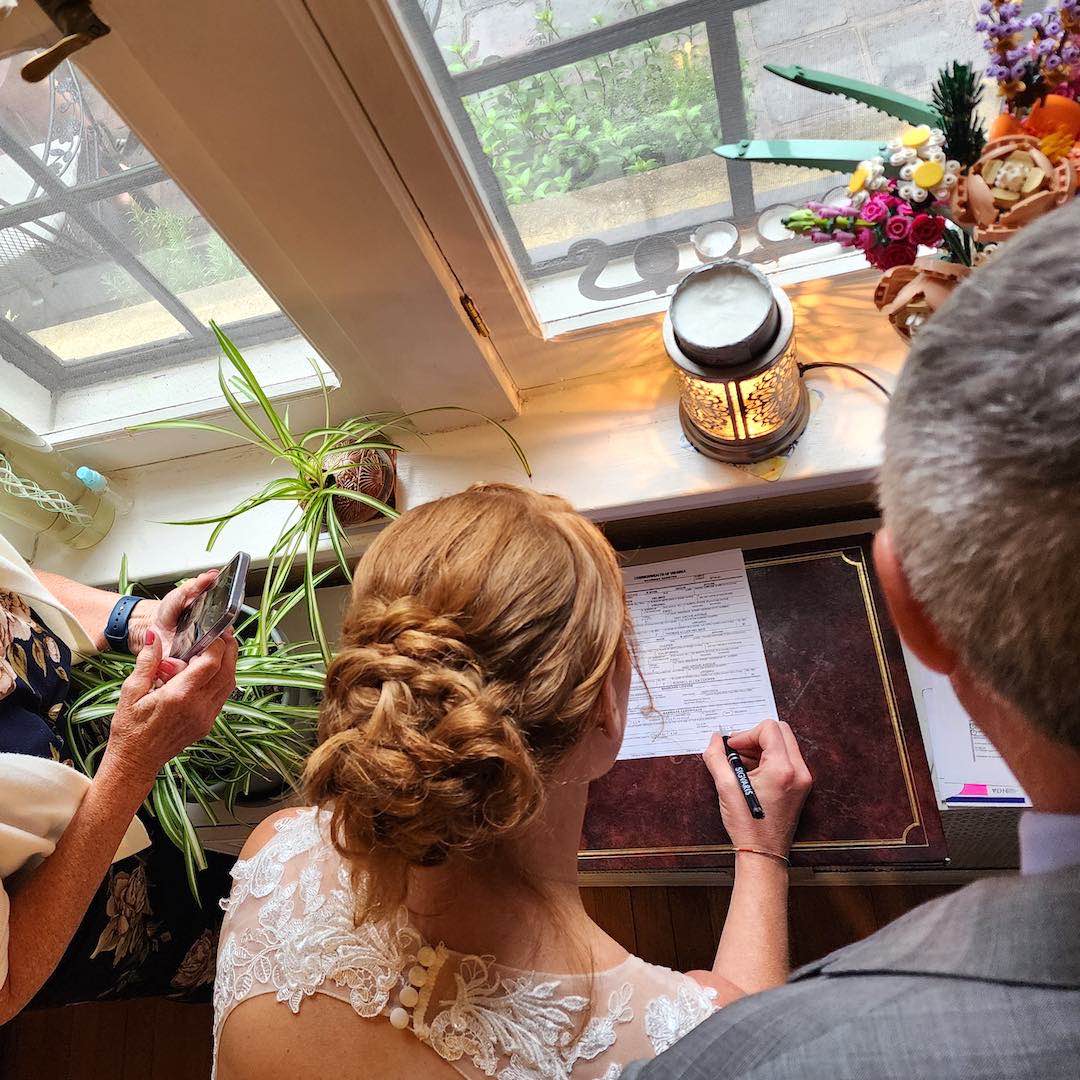
Now, our financial independence is permanently intertwined. This might just be the most important financial decision we’ve each ever made—and I’m not talking about the wedding cost.
This post pairs with our engagement story (and cost breakdown), serving as a bookend to our wedding that has unfolded over recent months. If you’ve got questions about your own upcoming wedding, ask in the comments below!

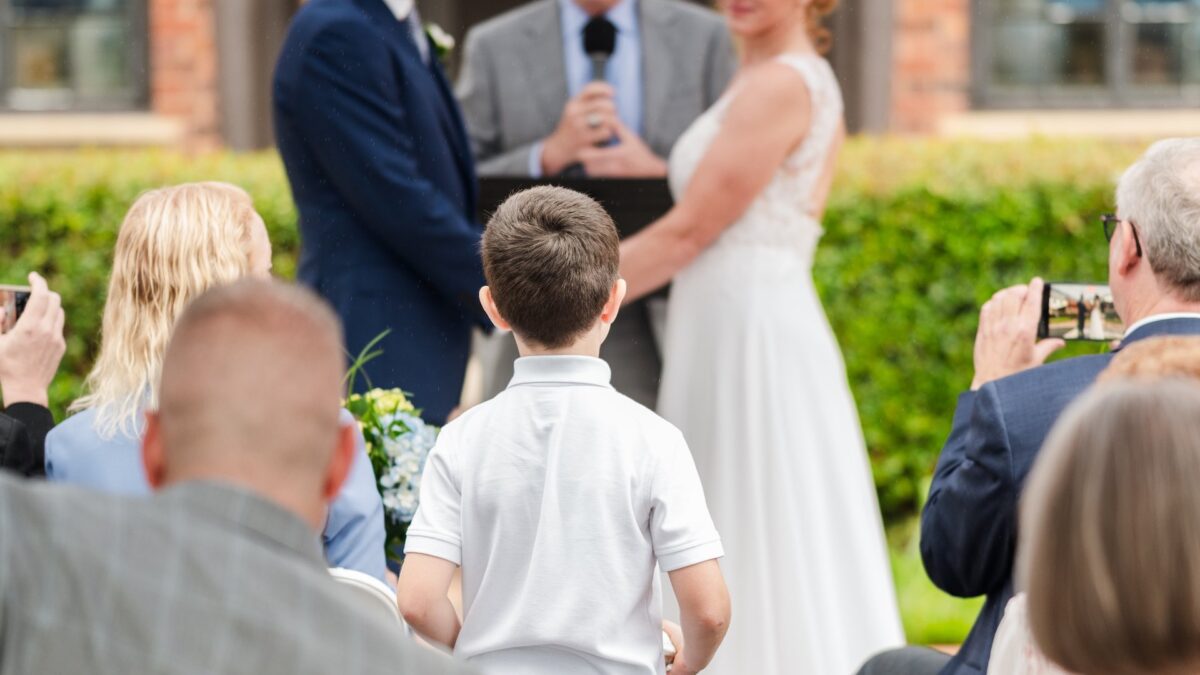
5 replies on “A Blueprint for a Meaningful, Financially Independent Wedding”
Mazel tov on your nuptials! We also got married this year and had a similar outcome to you. Just about $10k for our backyard wedding at the end of July. It also rained a bit for our day, but it came at the end after all the important stuff was done which meant we just did our first dance in the rain before sending everyone off with gifted sparklers. But hey I hear that means it’s good luck!
Gwen! Thanks so much! It sounds like we did indeed have a similar experience. 🙂 Good to have made the most of it! A little rain didn’t melt us, and we still had a great time. A minor issue. More importantly, all our folks were there…and we were each there! 😉 Congratulations to you and yours! Very exciting. Hope your last 3 months have been a wonderful introduction to your married life!
Congratulations on such a thoughtful and well-planned wedding! It’s inspiring to see how you balanced your values of financial independence with creating a meaningful celebration. Your approach to minimizing waste, focusing on what truly matters, and involving your community really resonates. It’s a great reminder that weddings can be both special and financially conscious.
Hey Eva, thank you very much for your comment! Yes, we try to reduce our footprint where possible. Of course, the best way we could personally do that is to cut back on a lot of our travel (especially flights), but that’s a tall order when it’s such a key part of our enjoyment in life. Suppose it’s still something to think about… Anyhow, thanks again for your comment!
Late here, but congratulations (gefeliciteerd in Dutch!) It’s incredible to see how you managed to pull off a $98/per person wedding total cost. It seems like you were very true to yourselves. I think it should be illegal to weigh in on other peoples’ wedding decisions- ha. That seems to be where most of the stress comes from! I’m considering throwing a big party for friends/family in the near future, and I can’t believe some of the prices I’m seeing.
Anyway, congratulations to you two, excited to see where the next adventures take you!